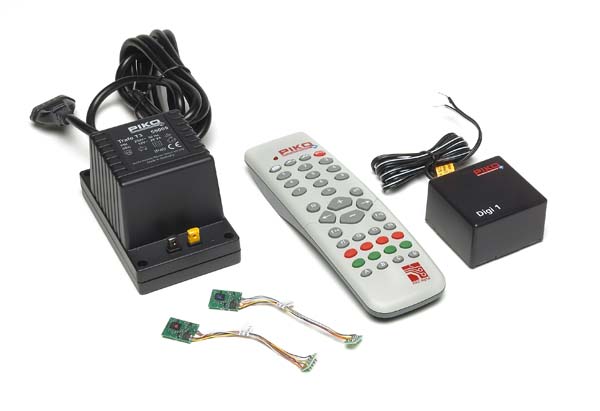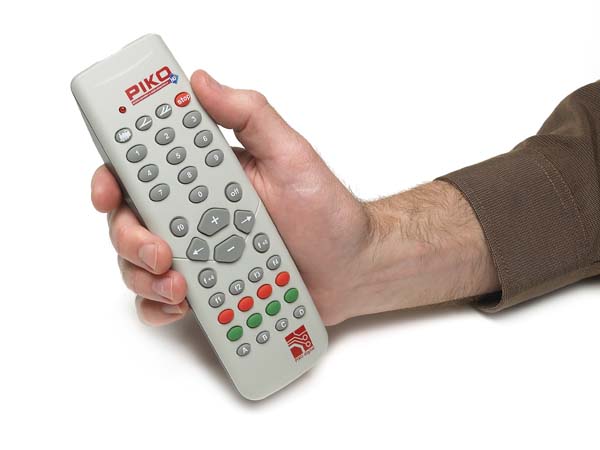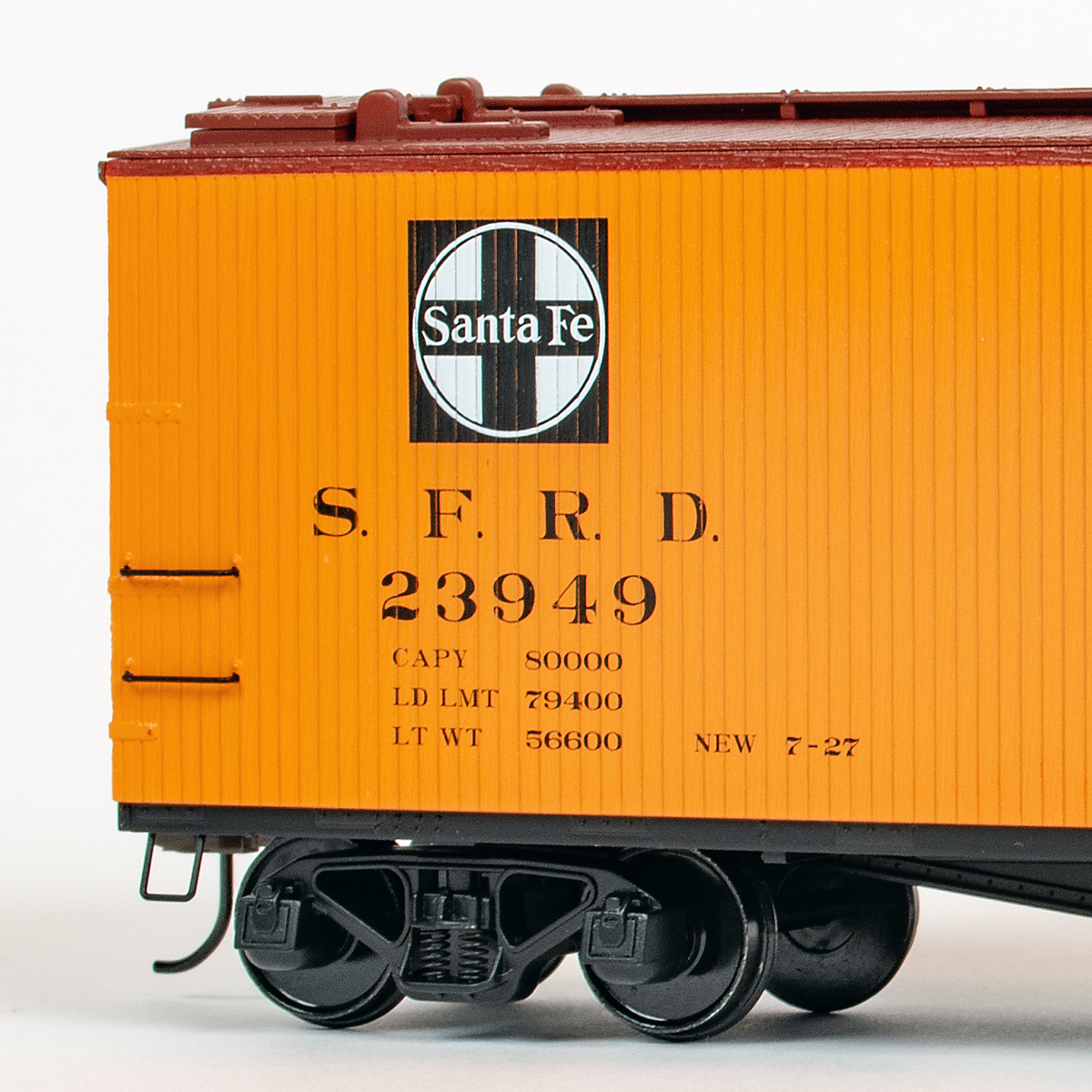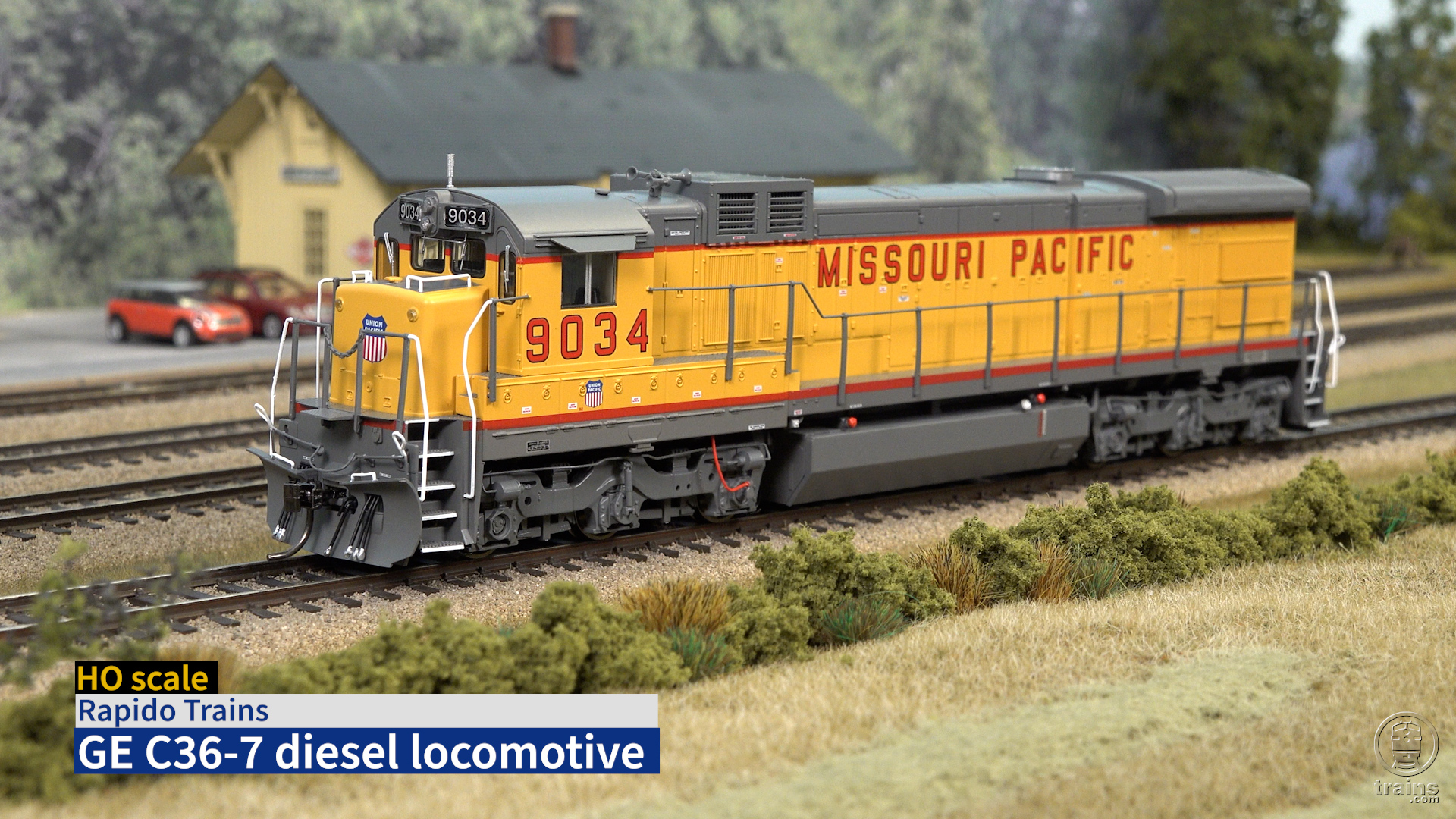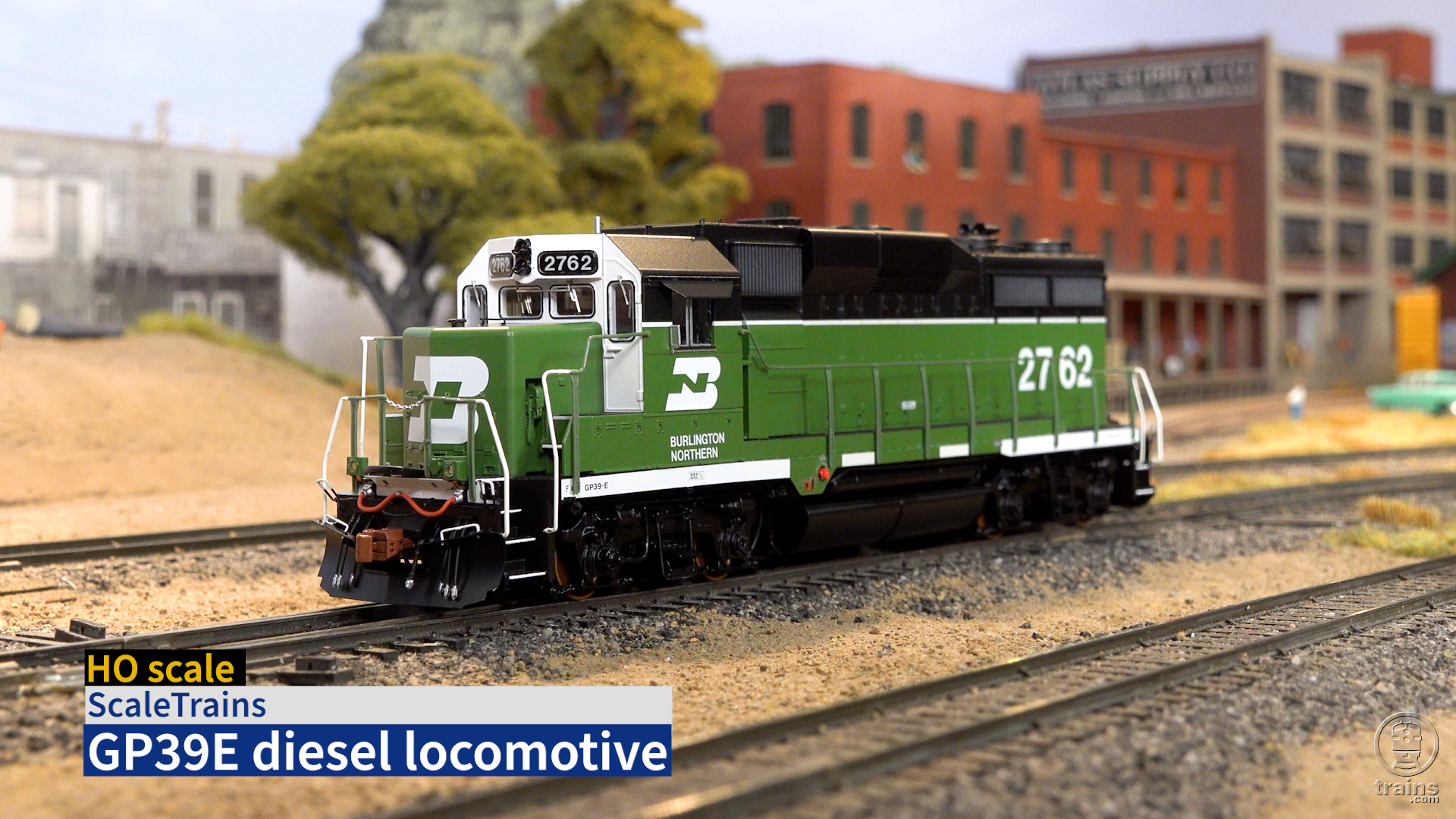The system supports as many as four throttles, functions F0-F7, accessory decoders with addresses 1-256, and locomotives with addresses 0-127. The system’s programming capabilities are limited to changing the address, which is done on the main track. (Warning: This system will change the address of any locomotive left on the main during programming.)
The accessory function is inter-esting and quite useful. First, you use the turnout icon and the keypad to select the accessory decoder you wish to use. The system then assigns the leftmost of four pairs of green/red keys to that decoder. The other three pairs go to the next three higher numbers (if the left buttons control no. 20, the other three control 21, 22, and 23). Having multiple accessory decoders available at the same time makes it simpler to select a train’s path through a yard or junction, since you can assign sequential numbers to accessories that you use together.
The one caveat I have is that the RMS track voltage with the recom-mended transformer is 20 volts. While that’s within the range specified in the National Model Railroad Association’s DCC standard 9.1, it’s higher than some decoders will tolerate without heating excessively or shutting down. You can use an MRC no. AT880 universal voltage reducer to drop the track voltage to 16 volts. Simply install the reducer between the base station and the track.
PIKO (and its DCC partner, Uhlenbrock) has introduced an intuitive system that performs well and brings wireless operation to the starter DCC market.
Designed to meet NMRA DCC specifications
Functions F0 through F7
Includes two decoders
Infrared wireless control
Supports addresses 0-127
System can handle as many as four throttles
Price: $230
Manufacturer
PIKO Spielwaren Ltd.
(Distributed by LGB of
America)
Lutherstraße 30
D-96515 Sonneberg
Germany
www.piko.de/e/
Description
Infrared wireless DCC system





